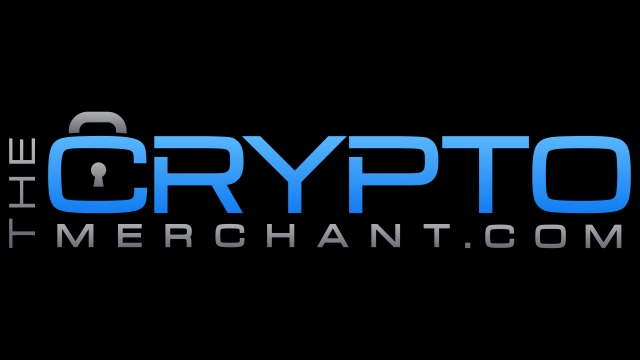Ether.fi launches NFTs backed by staked ETH
Most NFT collections center around collectibles, or in the case of Uniswap V3, represent liquidity positions.
However, in the Ether.fan collection launched today by the Ether.fi floating stake protocol, each NFT represents a certain amount of staked ETH and enables its owner to earn stake rewards.
Each NFT in the initial 1,000-item collection consists of a provably random piece of character art, a flair value indicating the amount of ETH staked in the NFT, and a border whose color indicates how long the ETH has been staked. Higher levels provide higher rewards that align with return on investment, enticing users to keep their bets.

“NFT that pays you”
Ether.fi CEO Mike Silagadze believes that the project bridges the gap between NFTs and quantitative DeFi in a way that supports Ethereum decentralization.
“This is the NFT paying you,” Silagadze said. “It allows you to stake ETH and create an NFT PFP that represents your membership in a loyalty rewards program that gives you higher and higher returns the longer you stake.”
Users can withdraw their staked ETH or choose to increase their stake at any time, which means there are “no sunk costs,” according to Silagadze.
While there will be some level of randomness and rarity in the art, the main value of each NFT comes from the ETH that backs it, according to Silagadze.
“There will be some premium that these things trade at, but they would never trade below the base value because obviously that wouldn’t make sense. You can always just burn it and get the original ETH back,” Silagadze said.
Drives decentralization
Ether staked in these NFTs will be sent to solo stakers controlled by Ether.fi.
At a time when there are only about 6,000 individual servers running Ethereum nodes, many of which are clustered just 20 minutes from the CIA, even adding 1,000 or 2,000 more machines makes a significant difference, according to Silagadze.
In that effort, all ETH from Ether.fan is going towards what Ether.fi calls ‘Operation Solo Staker’. In exchange for agreeing to run a validator for three years, participants receive free hardware, which they get to keep at the end of the term.
image,[object Object]
“They’ll make, you know, $10, $20 a month, and then they get a free computer,” Silagadze said. “There is basically unlimited demand. We have 1,000 applications, literally, from people who want to run nodes.”
The network uses distributed validation technology to protect against the failure of a given node, meaning that no single user can harm the system. “The key difference to Ether.fi is that stakes hold the keys. So if they [validators] go down or they don’t perform, the staker can exit the validator at any time,” said Silagadze.
NFT Lending Partnership
Ether.fi is partnering with NFT lending protocol Arcade.xyz to make the collection available on its marketplace, aiming to provide a more stable ecosystem for customers by offering lending options based on heavily collateralized assets as opposed to lending against volatile uncollateralized NFTs -is.
“We are excited to see new types of assets on the Arcade.xyz peer-to-peer NFT lending platform – especially as the funding of NFTs continues to rapidly grow and evolve alongside the market for liquid staking derivatives (LSD) on Ethereum ,” said Gabe Frank, the founder of Arcade.
US users excluded
As a result of the current regulatory situation in the United States, Ether.fi has chosen not to offer the collection in the country.
“It seems like they’re looking at everything as a security,” Silagadze said, adding, “We’re doing our best to block US users.”
